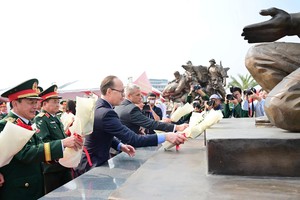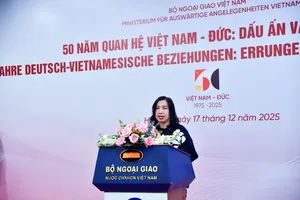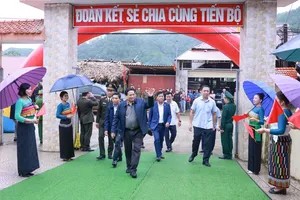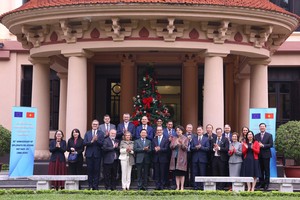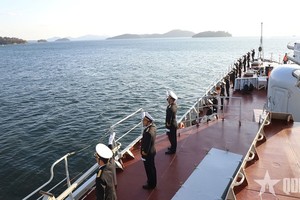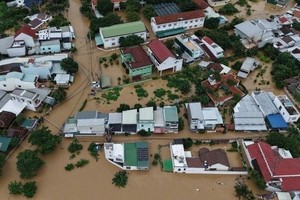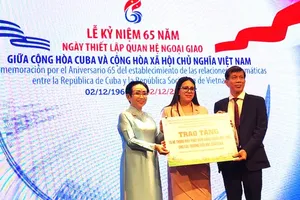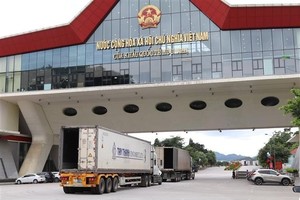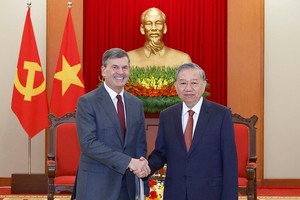
Accordingly, authorities are expected to complete six out of 10 rail projects by June 2022, which marks the end of President Rodrigo Duterte’s current term. The Duterte administration has so far invested heavily in construction projects, aiming to usher in a “golden age of infrastructure”.
In 2018, the Philippines was estimated to increase its spending on infrastructure to be at 6.2 percent of the national GDP, the highest rate since 1993.
Currently, only three of the 10 projects are underway: the 22km Manila metro rail transit line 7 (MRT-7), the 3.8km light rail transit LRT-2 extension, and an intersection station that connects four major rail routes in Manila. The construction of the remaining seven projects are due to begin later this year.
Secretary of Transportation Arthur Tugade said the building of a subway system in Manila, the biggest infrastructure project of Philippines to date, will start in the first quarter of 2019. Partial operation is scheduled for 2022, he added.
The first phase of the project will cost JPY 14.5 billion (US$955 million), financed by the Japan International Cooperation Agency, which has committed to lending the Philippines JPY 573.7 billion ($5.25 billion) for the project.


